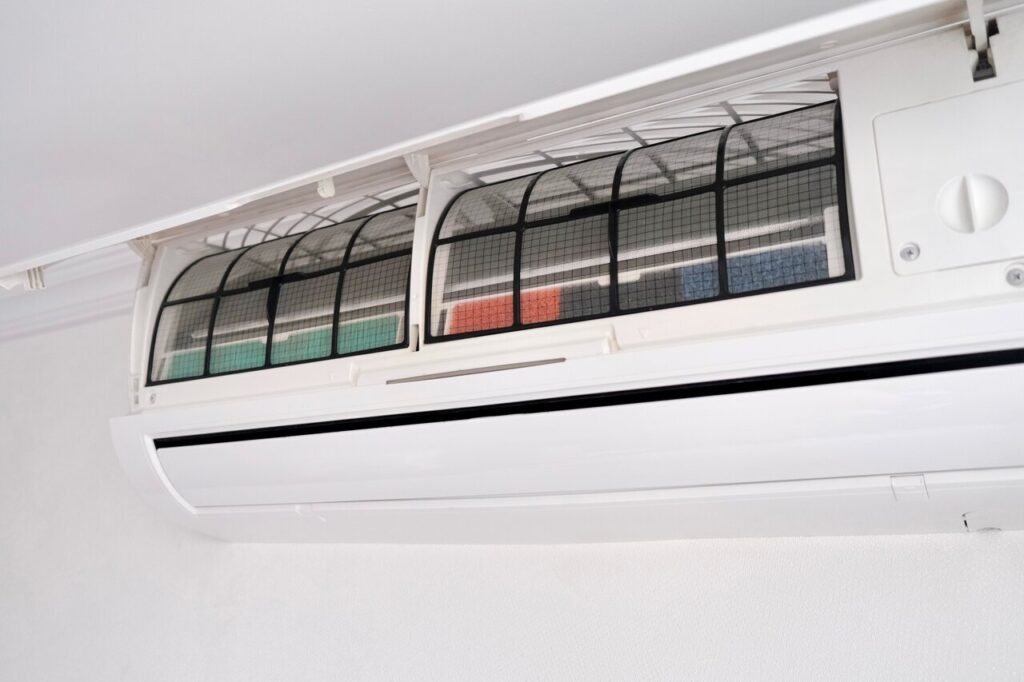Embarking on a new construction project, whether it’s a residential home or a commercial space, is an exciting endeavor that requires great attention to detail. Among the many crucial aspects of a successful new construction project is the installation of an efficient and reliable air conditioning system. With various options to choose from and a myriad of factors to consider, selecting the appropriate AC system for your new construction project can seem daunting. However, with the right guidance, you’ll be well-equipped to make an informed decision that ensures comfort and cost-effectiveness for years to come.
We will discuss the main factors to consider when selecting an AC system for your new construction project. We’ll explore the different types of available air conditioning systems, the importance of choosing the right system size, and the benefits of energy-efficient options. Furthermore, we will highlight how professional assistance during the installation process can translate into long-term cost savings and optimal system performance. Our skilled technicians will provide you with insights and recommendations to help you make the best decision for your new construction project, ensuring comfort, efficiency, and longevity for your air conditioning system.
1. Types of Air Conditioning Systems
There are various types of air conditioning systems available on the market, each with its own set of advantages and limitations. Understanding the differences between these systems can help you make a more informed decision when selecting the ideal solution for your new construction project. Let’s look at some of the most common AC system types:
a. Central Air Conditioning: This type of system distributes cooled air through a network of ducts and is ideal for large homes and commercial buildings. Central air conditioning systems are known for providing consistent temperatures throughout the building and can be an energy-efficient solution when properly sized and installed.
b. Ductless Mini-Split Systems: A ductless mini-split system comprises an outdoor condensing unit connected to one or more indoor air handlers. Unlike central air systems, these do not require ductwork, making them an attractive option for new constructions with space limitations or for those looking to avoid the installation of extensive ductwork. They are also highly efficient and can provide individual temperature control for different zones within the building.
c. Heat Pumps: Heat pumps can provide both heating and cooling solutions by transferring heat energy between indoor and outdoor environments. They are energy-efficient and environmentally friendly, making them an excellent option for new constructions in regions with mild climates.
2. The Importance of Proper System Sizing
Proper sizing of your air conditioning system is crucial for optimal performance, energy efficiency, and comfort. An undersized AC system will struggle to maintain desired temperatures, while an oversized system can lead to inconsistent cooling and increased energy consumption.
To determine the optimal size for your AC system, it’s important to consider factors such as building size, layout, insulation levels, and local climate. Our professional technicians can perform a thorough assessment of your new construction project to calculate the appropriate system size based on these variables.
3. Energy Efficiency and Environmentally Friendly Options
Energy efficiency should be a top priority when selecting an AC system, as it not only impacts your utility bills but also the environment. High-efficiency systems typically come with a higher upfront cost; however, they can save you money on energy bills in the long run and have a lower environmental impact.
To evaluate the energy efficiency of an air conditioning system, look for the SEER (Seasonal Energy Efficiency Ratio) rating. The higher the SEER rating, the more energy-efficient the system. Modern air conditioning systems are generally required to have a minimum SEER rating of 14, but higher-rated options can translate to even greater energy savings.
Another environmentally friendly option to consider is a ductless mini-split system. These systems are known for their high efficiency and do not rely on ductwork, which can reduce energy loss. Heat pumps are yet another energy-efficient, eco-friendly solution that can provide both heating and cooling for your new construction project.
4. The Importance of Professional Installation
A skilled and reputable installation team is vital to ensure that your chosen AC system operates at peak efficiency and provides the comfort and reliability you expect. Improper installation practices can lead to decreased performance, reduced system lifespan, and even higher energy costs.
Our highly trained technicians are experienced in the installation of various AC system types, including central air conditioners, ductless mini-split systems, and heat pumps. Our team will ensure that your AC system is installed correctly, following all best practices and industry standards. This guarantees optimal performance, comfort, and energy efficiency for your new construction project.
Conclusion
Selecting the perfect air conditioning system for your new construction project is an important decision that requires careful consideration of many factors. By understanding the different types of AC systems, the importance of proper system sizing, and the benefits of energy efficiency, you can feel confident in choosing the right solution for your unique needs. Partnering with us ensures a seamless installation process, providing you with the comfort and reliability you expect from your investment.
Contact our team at Trilogy Services & AC today to schedule an air conditioning installation service in Tomball, TX. We are committed to helping you achieve the best possible air conditioning solution for your new construction project.








